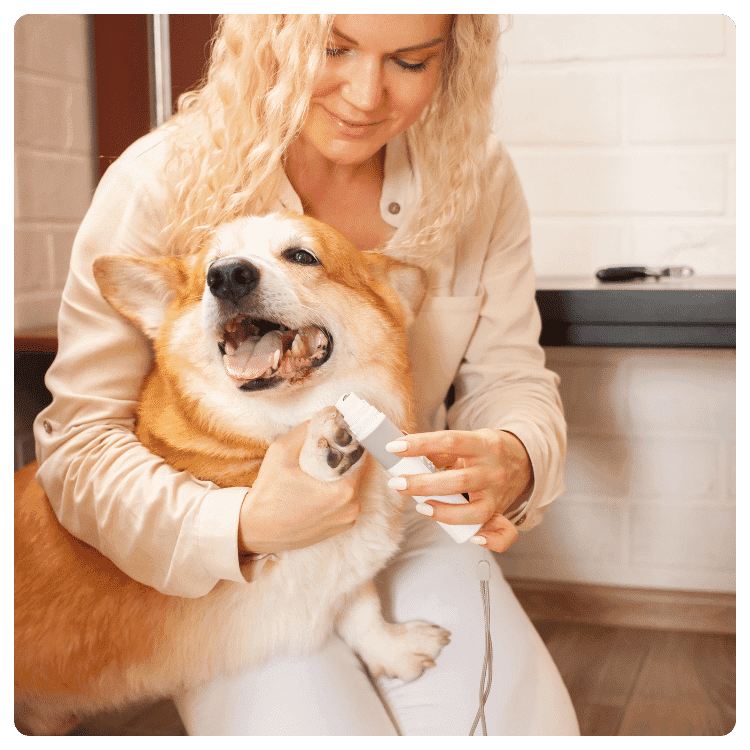
https://www.barkandwhiskers.com/p/4e2715d5-e78f-4614-9ecb-893097e4c7bb/
https://www.barkandwhiskers.com/2015-09-01-nl-fascinating-lizard-behaviors/
By Dr. Becker
If you’ve ever owned a reptile, or spent any time watching one, you probably noticed a few distinct behaviors. While it may appear that lizards, for instance, simply stay in one spot in their habitat all day long, except to feed, this is far from the truth.
Lizards have unique habits and behaviors that range from quirky to practical. For starters, after a lizard eats, it will seek out a warm spot to sit in and digest its food. The heat stimulates the lizard’s metabolism, and it will likely stay eerily still during this process (lest it take away energy from the digestive process).
Beyond this, your lizard will seek out a secure place to hide from time to time. This might be high up in his habitat or in a cave-like structure. Some lizards also have elaborate hunting and mating rituals, while others display distinct behaviors to show they’re unhappy or scared.
This might include digging his claws into you during handling, opening his mouth, whipping his tail around, or twisting around in your hands. A content lizard will generally sit calmly on your hand or arm, look around, and even fall asleep.
In the wild, lizards also exhibit some interesting behaviors, which were recently summed up by Pet Place.1 If you observe a lizard doing any of the following… now you’ll know why!
5 Fascinating Lizard Behaviors
1. Circumduction
Bearded dragons gesture to their peers by raising one of their front legs and waving it. This is typically done by subordinate bearded dragons as a way of letting other lizards know they’re not a threat.
2. Perfect Feeding Position to Build Gut Flora
Young iguanas feed on lower vegetation for the first three months of their lives. Older iguanas feed above the 30-foot mark and regularly relieve themselves on the greenery below.
As the young iguanas consume the fecal-covered vegetation, they develop similar intestinal flora as the adult lizards, which helps them break down plant fibers for the rest of their lives. Once the iguanas reach 3 months of age, they move to higher elevations to feed.
Interestingly, young iguanas raised in captivity that don’t consume the feces-covered leaves do not develop the same intestinal flora as wild iguanas, and they grow more slowly as well.
3. Puffing Up
Lizards can inflate themselves with air, and also stand on their hind legs, in order to appear bigger to their enemies. Some lizards also change colors to look brighter and more threatening. Great green iguanas and arboreal chameleons are two types of lizards that change their appearance to look bigger – but it only works if you view them from the side. According to Pet Place:2
“If you look at them from the back or head on when they are displaying, they look very thin (laterally compressed, in technical terms) but from the side they look too big to mess with.”
4. Disappearing
Lizards have some stealthy ways of disappearing when they want to. For instance, fence swifts are colored two shades of gray that makes them virtually invisible when they rest on tree bark. The western leaf lizard is patterned to look like a dead leaf, and it will even dart a short distance then stop, blending in with the forest floor, and hiding in plain sight.
The forest chameleon will even play dead when you pick it up in an attempt to ward off predators in search of a fresher, “living” meal.
5. Aggression
Some lizards will become aggressive if they feel threatened. This includes the Tokay gecko, which has jaws strong enough to crush the skull of a mouse. Once he bites, he doesn’t like to let go and will continue to tighten his grip (easily numbing the tip of your finger).
Green iguanas may also be aggressive, especially in the case of male iguanas and female owners. Pet Placereported:3
“A sexually mature male iguana may make an unprovoked attack on an unsuspecting female human, either because she has come too close to the lizard’s personal space or because human odors may convey unknown messages to iguana chemoreceptors.
Patti was surprised when our 5-foot long male green iguana leapt down from his perch and charged her, when she entered his cage after a 2-week absence. He grabbed her pant leg.
She shook him off and made an I’m-bigger-than-you-are display of her own, holding open the sides of her vest and stomping in a circle. She now knows to keep an eye on him when she enters the cage and to alert female ‘pet sitters’ as well.”
What to Consider Before Choosing a Lizard for a Pet
Lizards can make exceptional pets for your family, but many make the mistake of assuming a lizard (or other reptile) is an “easy” choice that won’t require much care or financial investment. In reality, a lizard requires regular care, including feeding, temperature control, cleaning, and more – and they can live anywhere from one to 30 years – so consider this a long-term commitment.
Remember that while the lizard may be inexpensive, she will require special food as well as a specialized habitat which includes UV lighting. Be aware also that not all lizards stay small… some grow up to five to six feet long (or more), so find out the mature size of any lizard you’re considering for your home.
Reptiles, including lizards, may also carry salmonella bacteria, which is why they aren’t recommended as pets in homes with small children or people with compromised immune systems. Also, you should expect to take your lizard to the veterinarian just like any other pet, so you’ll need to find one in your area that handles exotics like reptiles.
If you’re ready to choose a lizard as a pet, you’ll need to research the particular variety you’re interested in, as each requires special care and habitat. Beginners often do well with leopard geckos, bearded dragons, blue-tongued skinks, or green anoles, while iguanas, chameleons, and day geckos are best for more experienced owners.4
Finally, choose a captive-bred lizard or one from a rescue organization. Not only is it unethical to capture such animals in the wild, but also captive-bred lizards tend to be tamer, easier to handle, less stressed in captivity, and less prone to parasites and disease. There are a variety of reptile rescues across the US that are looking for suitable adopters and caring homes.
- Pet Place August 4, 2015
Related Articles:
 Pet Bearded Dragons Linked to Salmonella Outbreak
Pet Bearded Dragons Linked to Salmonella Outbreak
 New Study Examines Why Some People Don’t Have Pets
New Study Examines Why Some People Don’t Have Pets
Comments (7)





